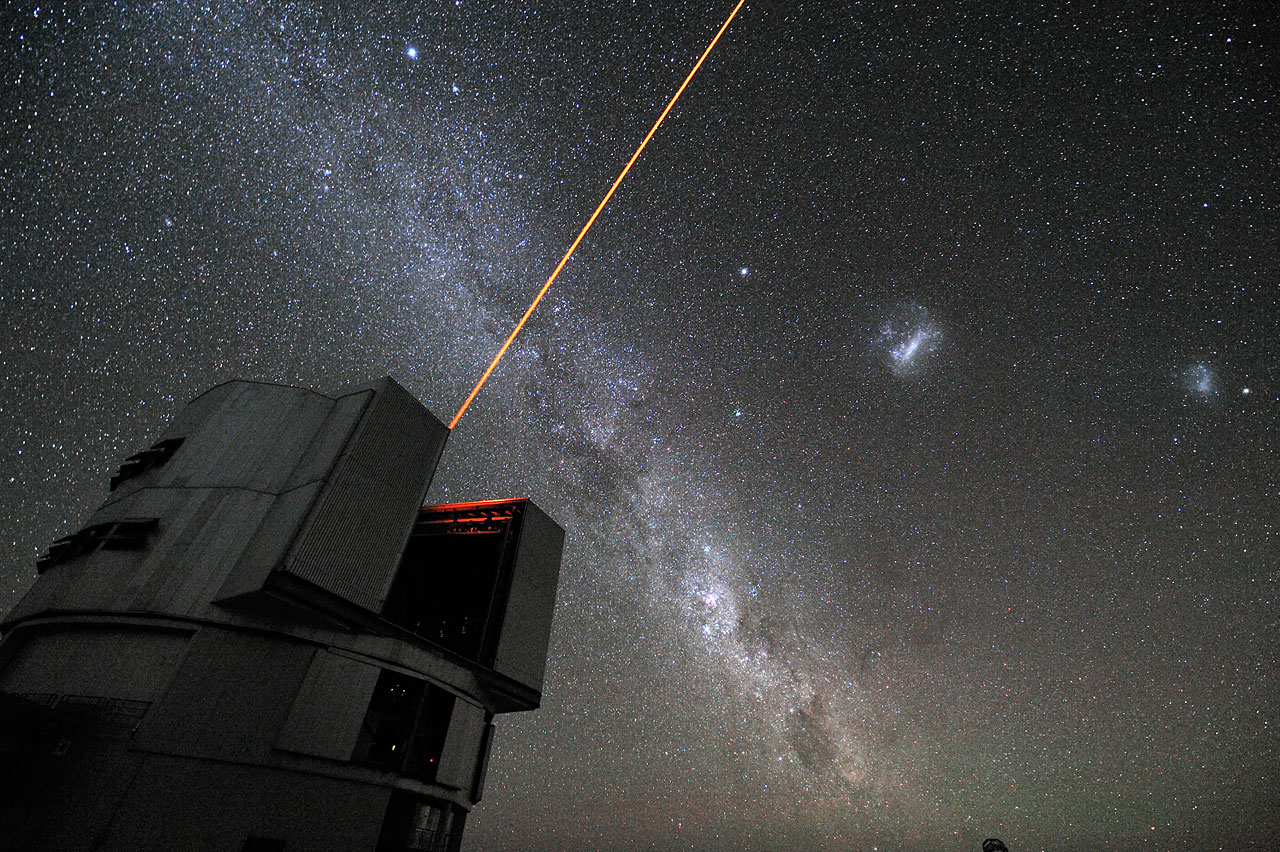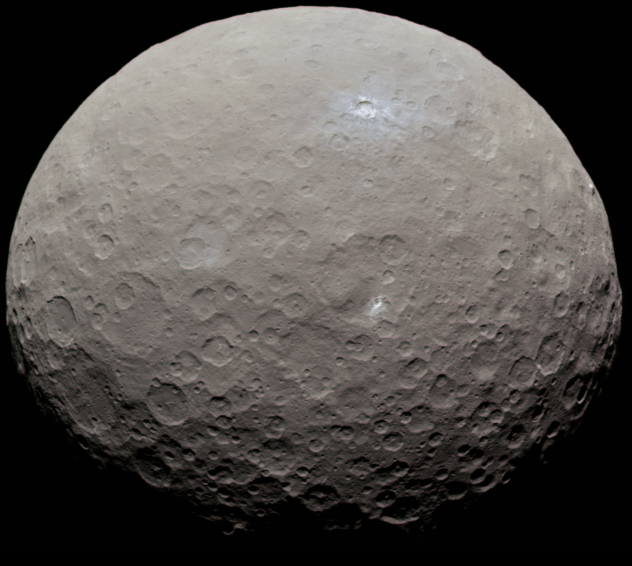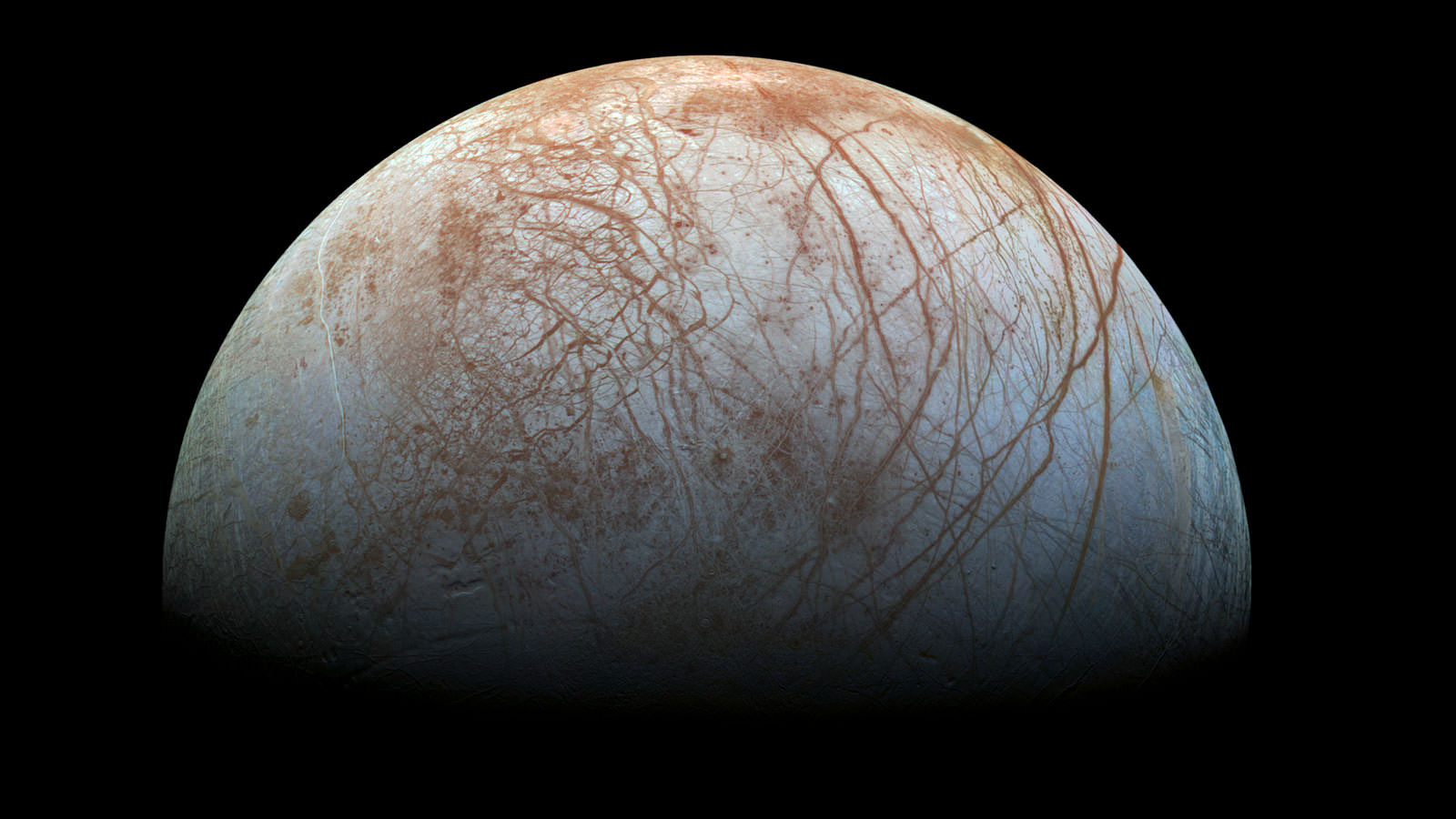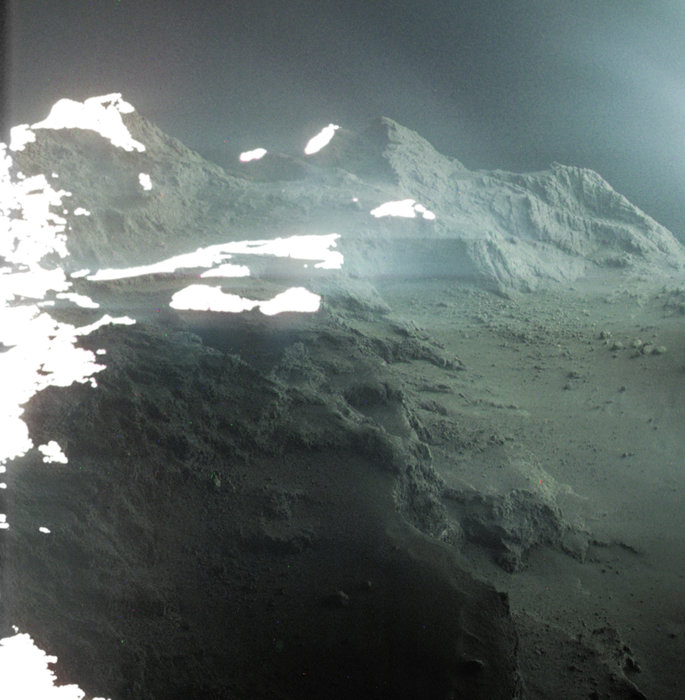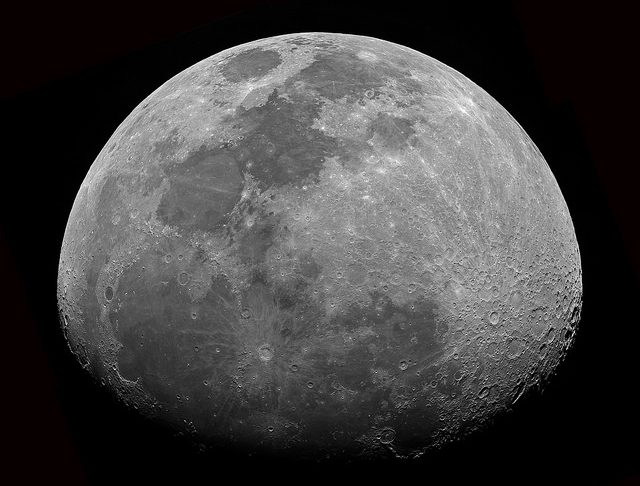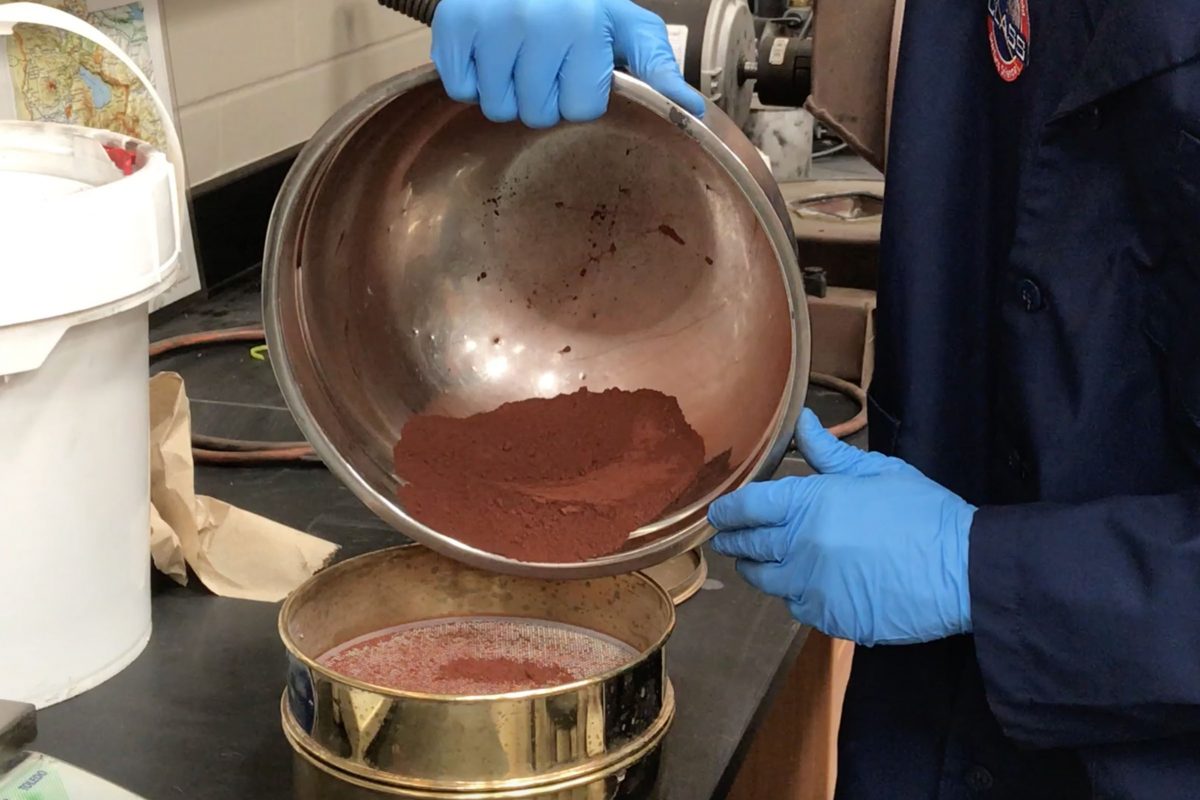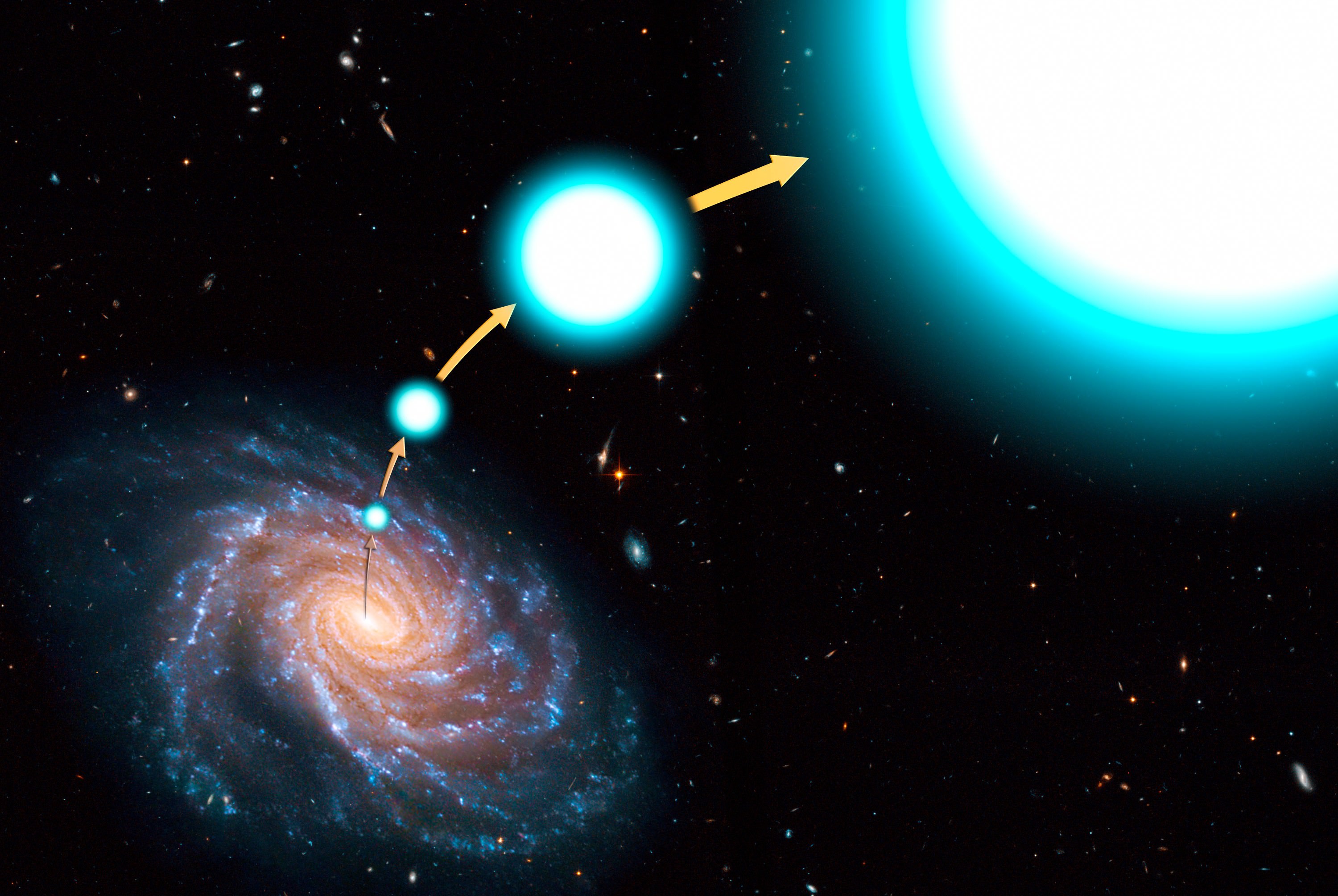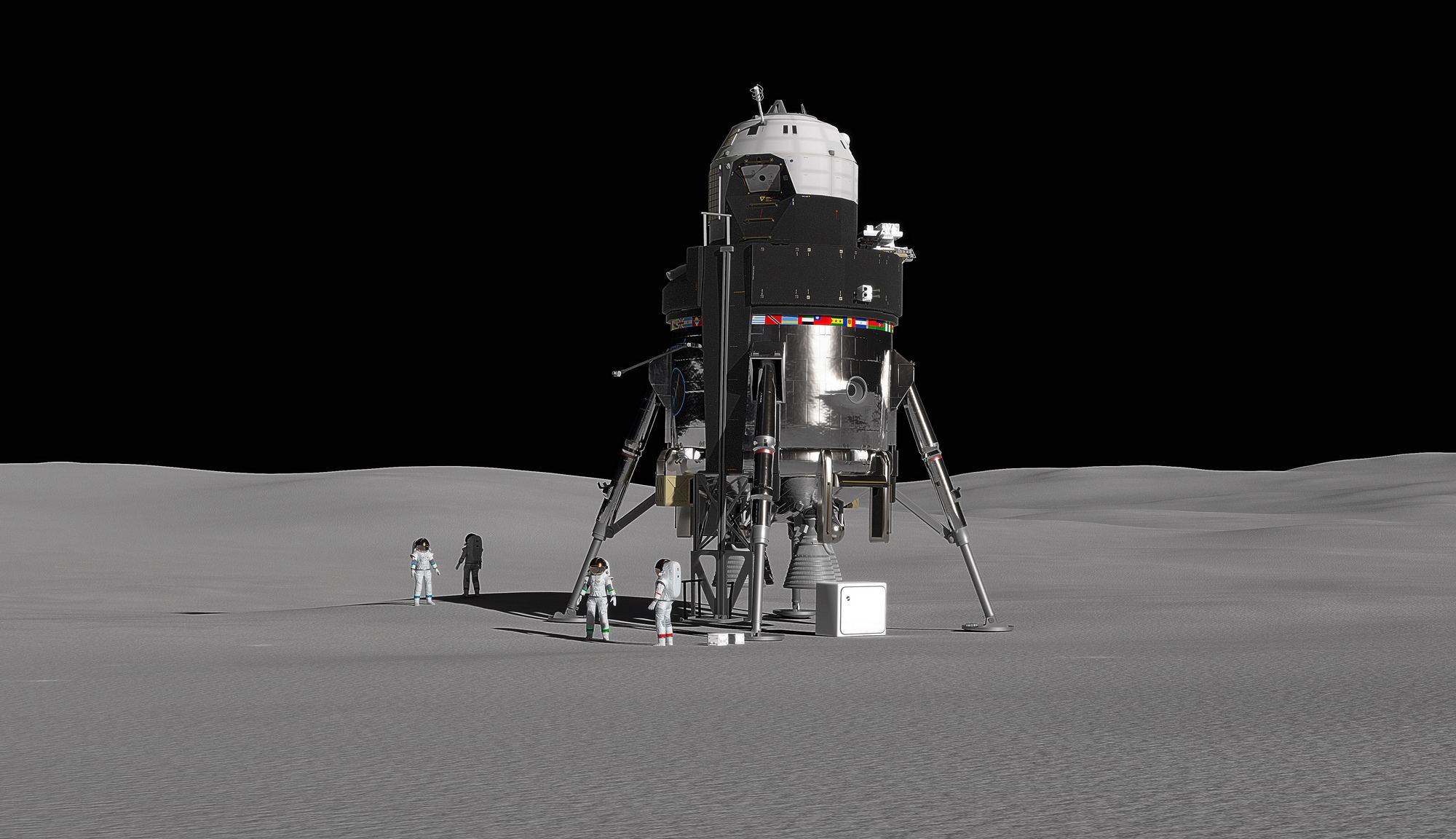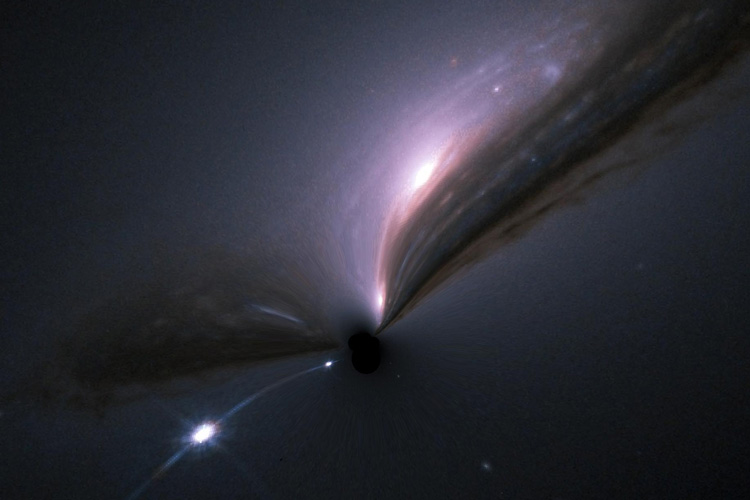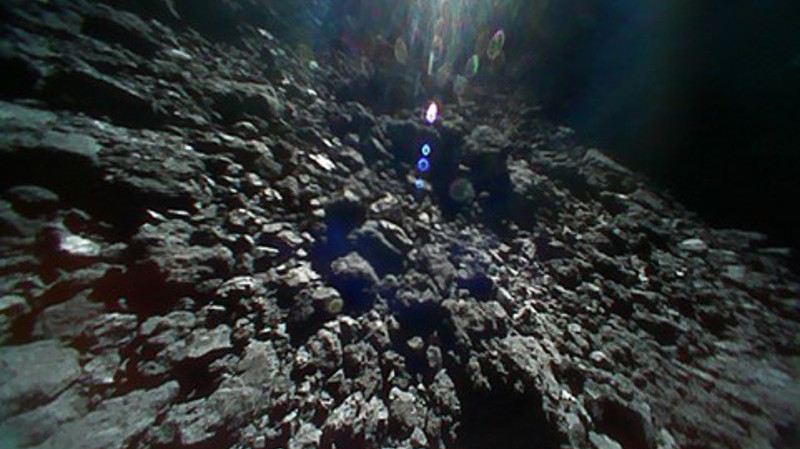Telescopes have come a long way in the past few centuries. From the comparatively modest devices built by astronomers like Galileo Galilei and Johannes Kepler, telescopes have evolved to become massive instruments that require an entire facility to house them and a full crew and network of computers to run them. And in the coming years, much larger observatories will be constructed that can do even more.
Unfortunately, this trend towards larger and larger instruments has many drawbacks. For starters, increasingly large observatories require either increasingly large mirrors or many telescopes working together – both of which are expensive prospects. Luckily, a team from MIT has proposed combining interferometry with quantum-teleportation, which could significantly increase the resolution of arrays without relying on larger mirrors.

